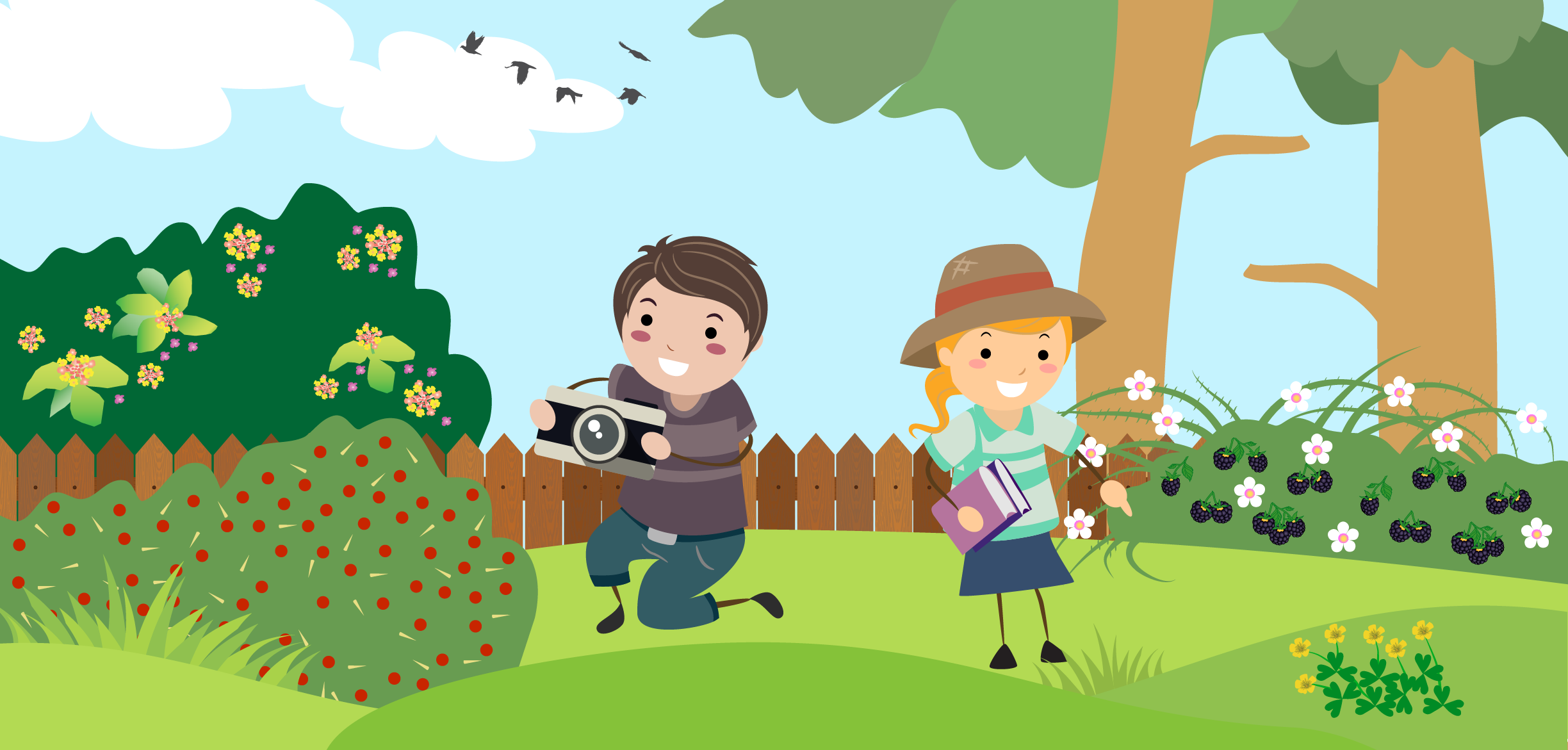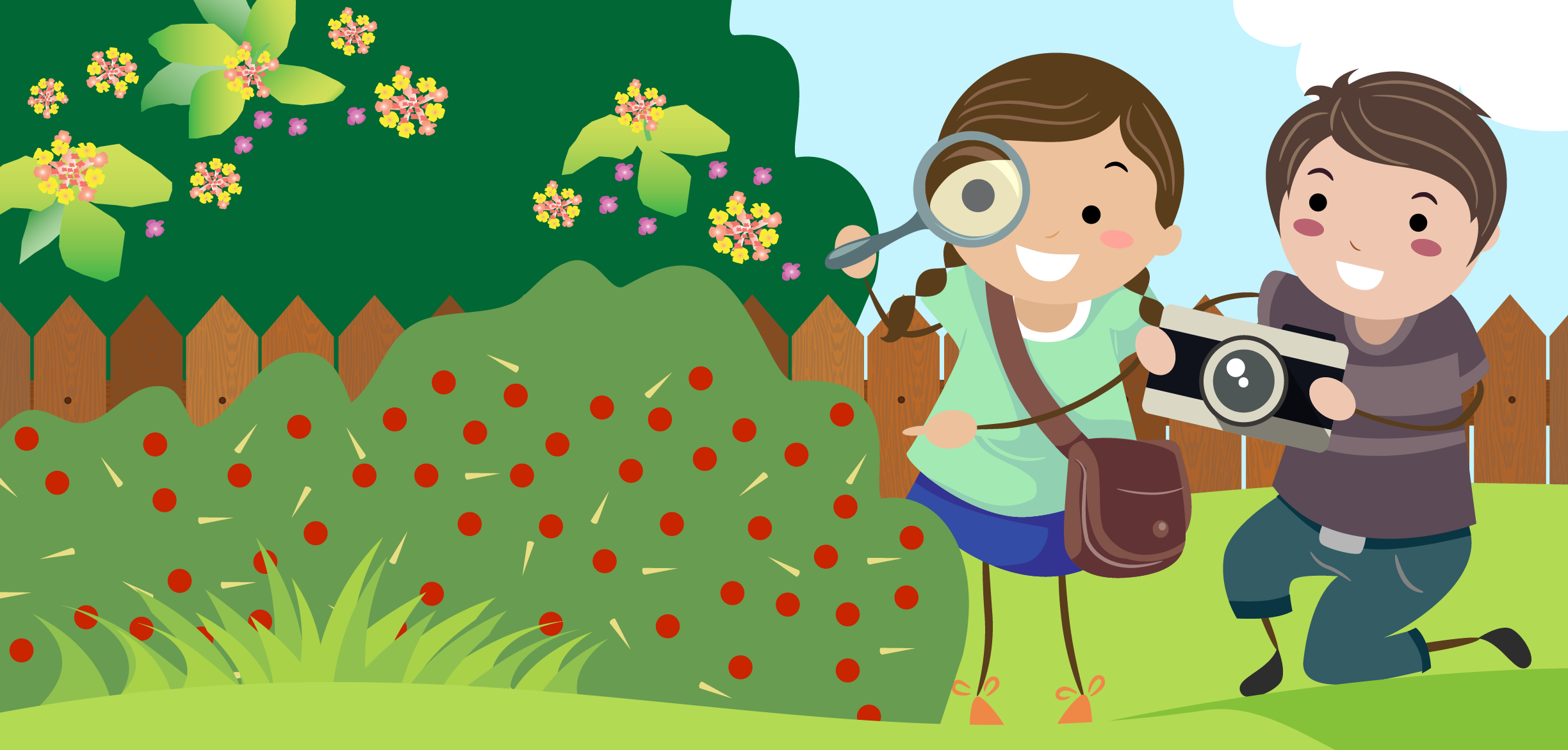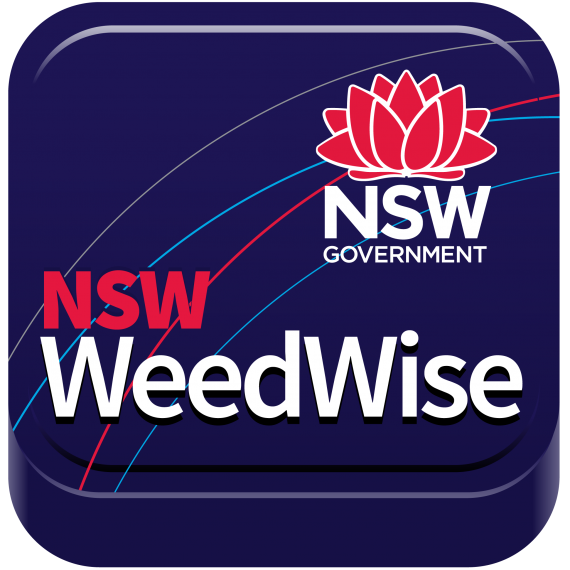
The simplest definition of a weed is a plant that is out of place.
They are plants that do not belong in that situation at that time.
The problem with weeds is that they harm the health of other plant species by competing with them for nutrients, water, sunlight and space.
Weeds can have damaging effects on our gardens, farmland, waterways, natural landscapes and biodiversity. They can harm native plants and animals, water catchments and agriculture and have a negative impact on the economy, human health and recreational activities.
Weeds are also often species that are invasive, which means they have the ability to multiply very quickly and spread throughout areas they are not wanted.
This is why we call weeds an invasive plant species.

Weed Detectives
Weeds have a negative impact wherever they grow, including our gardens, farms, waterways and natural areas.
The key to managing weeds effectively is to be able to correctly identify them and know how to find out important information about them. In this activity you are going to become a Weed Detective and:
- Investigate areas around your place looking for weeds and document them by taking photographs
- Identify your weeds
- Learn about the problems these weeds cause
- Learn about some of the recommended management strategies/control measures for these weeds.
Step 1
Weed documentation
You are to find 4 weeds at your place, or in the surrounding area, and document them by taking photographs. Ask your parents/guardians permission to use a digital camera/phone and help you find plants that are weeds.
The ideal situation would be to document your 4 weeds in a range of environments:
- Garden
- Farmland/crop
- Local natural area/bushland
- Local waterway
If you do not have access to these different environments, you can document any 4 weeds you can find in any environment.
Hint: When photographing each weed it is a good idea to take one photo showing the whole plant and one photo showing a close-up of any features like leaves, seeds, flowers etc. This will help you when you try to identify them.
Warning: Do not take samples of weeds as this can help spread them. Weeds often have flowers/berries/fruits/seed-heads that can drop seeds. Some weeds can even regrow from plant fragments. It is important that we all do the right thing and try to stop the spread of weeds.
Print four copies of the ‘Weed ID sheet’ (one for each weed). Put the numbers 1-4 in the space next to the word ‘Sample’ at the top of the sheets (Sample 1; Sample 2; Sample 3; Sample 4).
Print your photos out and paste them in the spaces on the ‘Weed ID sheets’ (or copy and paste straight into the document and then print). There are spaces on the ‘Weed ID sheet’ for two photos of each weed (whole plant and close-up).
Fill in the date collected and location on each of your four sheets.
Step 2
Weed identification
Identify your weeds before you can learn more about them. You can ask your parents/guardians whether they know the name of any of your weeds if it helps get you started.
 Use the following resources, your photos and observations to help identify your 4 weed samples.
Use the following resources, your photos and observations to help identify your 4 weed samples.
- Weeds of the Hunter and Central Coast – www.hunterregionalweeds.net.au/docs/weed-alerts-and-fact-sheets/hccw-weed-handbook-150509.pdf
- NSW WeedWise app – download on Google Play or the App store weeds.dpi.nsw.gov.au
- Weeds Australia – weeds.org.au
Write down the common and scientific names of your weeds in the appropriate place on your ‘Weed ID sheet’.
Step 3
Weed problems
Read through and look at photos in the information about the weeds in the listed resources and write down any problems they cause in the appropriate space on your ‘Weed ID sheet’.
Step 4
Weed control
Read through and look at photos in the information about the weeds in the listed resources and write down any management techniques/control measures in the appropriate space on your ‘Weed ID sheet’.
The most effective way to rid an area of weeds is a whole community approach so that their ability to spread further is limited.
Extension
Make a poster to teach others what you have learned about weeds – weed identification, problems they cause and effective management techniques/control measures.
Congratulations!
You are now well on the way to becoming a Weed Detective and helping your community in the fight against invasive plant species.
If you completed the Backyard Puzzle Box activity you can add your ‘Weed ID sheets’ to your collection of stuff.
